Work Package Navigator
WP1 Beam and vacuum sensitive materials
Lead: IIT
3D ED experiments are performed inside a TEM column, and therefore target materials stay in high vacuum (10-7 mbar) while hit by a high energy electron beam. The electron beam deposits energy into the material, which is then converted or dissipated in different ways: kicking out of atoms and electrons with the formation of reactive radicals, charging and heating of the sample. In such conditions, many materials undergo phase transition, chemical changes due to the release of molecules or atomic species and degradation of the crystal lattice.
Beam sensitive materials include classes of materials that are extremely significant from a scientific and economic perspective, like zeolites, MOFs, COFs, various molecular crystals (pharmaceuticals, peptides, photovoltaics materials, …) and all kinds of bio-relevant compounds. WP1 aims at the setting-up of sample preparation, data acquisition and data reduction strategies for an efficient structure characterization of beam and vacuum sensitive materials.
To pursue its goals WP1 will follow these research lines:
- Minimization of beam damage by speeding up the data collection
- Low dose automatic crystal search procedures
- Ad-hoc sample preparation methods for reducing both vacuum and beam damage.
WP1 will test and develop its new procedures on organics, hybrid and hydrated beam sensitive materials of scientific and industrial relevance.
Such extensive experience will allow the establishment of ED-specific entries for crystallographic information files (CIF), elaborated by a close collaboration among all ESRs and in agreement with IUCr staff.
PhD projects directly involved:
- Electron nanocrystallography of heterometallic MOF
- 3D electron diffraction on organic nanocrystals
- Development of serial (rotation) electron diffraction and its application on MOFs and pharmaceutics
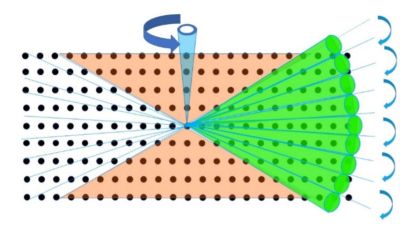
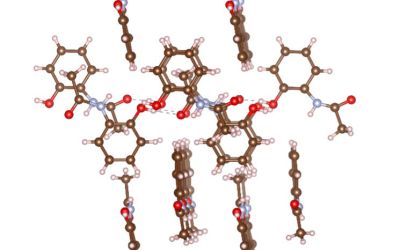
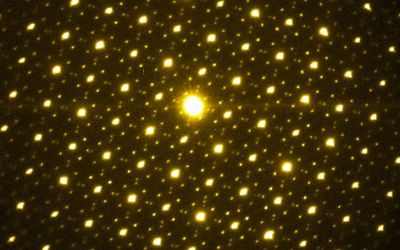
Scientific Work Packages
WP2 Electron crystallography for life science
Lead: UBA
Among beam sensitive samples, proteins and macromolecules in general represent a very specific category due to their structural complexity and importance for life sciences. Beside the issues related with their vacuum and beam sensitivity, protein structure determination is hampered by their complexity. The main bottleneck for protein structure solution by single crystal x-ray diffraction is the crystallization process, which can be extremely time-consuming and in certain cases even unfeasible. For those proteins that cannot crystallize, CryoEM imaging has been a real breakthrough, but this technique can hardly be used when the molecule size is below 100 kDa .
3D ED can work with crystals as small as few hundreds of nanometers and operates with a dose that is two orders of magnitude smaller than the one required for CryoEM. Recent proofs of concept already showed that 3D ED may be very efficient for the structure solution of proteins . WP2 is devoted to the development of both the experimental procedures and ab-initio structure solution methods for the investigation of macromolecular nanocrystals.
To pursue its goals WP2 will follow these research paths:
- Adapting cryoplunging to nanocrystalline proteins
- Searching for structure solution methods dedicated to proteins that can work with 3D ED data
- Phasing 3D ED data using imaging techniques
PhD projects directly involved:
- Development and application of electron crystallography methods for studying protein-ligand interactions
- Phasing of electron diffraction data
- Optimal data acquisition of biological samples
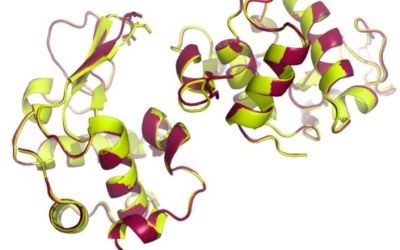

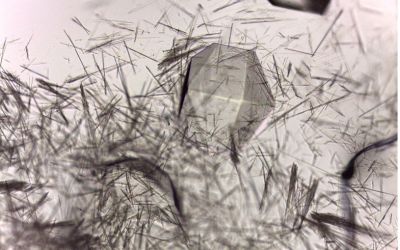
Scientific Work Packages
WP3 Accurate crystallography of complex nanomaterials
Lead: FZU
WP3 is devoted to the application of 3D ED to difficult material science problems in which the crystal size is the limiting factor. In WP3 accuracy and precision of structure refinement will be pushed in order to be fully comparable with x-ray diffraction methods. Also, specific procedures for in-situ 3D ED experiments will be set-up.
A lot of materials consist of a dense aggregate of crystalline domains, where the crystals of interest can be present in the form of precipitates or grains of less than 1 μm. In these cases, ED is the only technique able to recover structure information for each class of particles, even when they are very small, rare or localized only in a specific area of the sample.
The strong interaction of electrons with matter induces diffraction effects that are much more complex than in the case of x-rays. Despite of the significant progress in fitting electron diffraction data the accuracy of the fits still does not reach the one attainable by x-ray diffraction methods. will remove these limitations and make the structure analysis by electron diffraction as precise and accurate as single-crystal x-ray diffraction.
To pursue its goals WP3 will follow these research paths:
- Designing data collection strategies that minimize the number of experimental variables: minimal beam movement during data collection, control of the astigmatisms, careful calibration of the detector gain
- Increasing the accuracy of dynamical refinement procedure and extending its application to continuous rotation data collection
- Dynamical scattering modeling for real crystals, charge density and absolute structure determination
- 3D ED in situ
PhD projects directly involved:
- Developing a reliable and efficient in situ 3D ED methodology for following reactions in gas and electrochemical environments
- Accurate structure determination and absolute structure
- Charge density analysis from 3D ED data
- Structural investigation of cement hydration mechanism by electron crystallography
- Electron crystallographic applications for defect structures of nano crystals
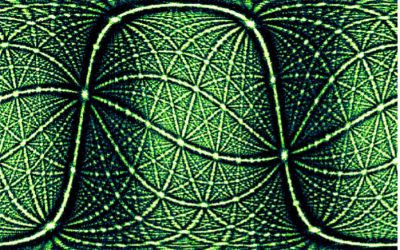

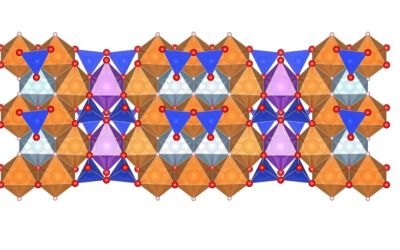
Scientific Work Packages
WP4 Crystallography beyond nanocrystals
Lead: ULM
WP4 aims to expand the applicability of 3D ED to complex nanomaterials that cannot be considered properly crystalline.
Nanoparticles and nanostructured materials in general are nowadays produced by large-scale industry and sneak in our day-life due to a large variety of use as functional materials: high mechanical quality materials, absorbents, smart glasses, battery electrodes, cosmetics, food additives or health care. Most of the nanoparticles in the market possess a simple and known crystal structure (silica, silver, titanium dioxide, zinc oxide, …). Nonetheless studies involving nanoparticles have a trend to develop towards more complex systems potentially leading to more complex crystal structures.
Among materials of low dimensionality, 2D crystalline materials came into the spotlight after the discovery of graphene. The attention on these materials is now focused on heterostructures built by stacking of different monolayers. While the projections of the atomic positions are well-resolved using dedicated low-voltage TEMs , the out-of-the-plane structure remains highly debatable and often unknown.
WP4 is designed to plunged 3D ED into low dimensional crystals to get structural information when the crystal size reduced to few nanometers or even disappear in case of amorphous materials.
To pursue its goals WP4 will follow these research paths:
- Design data collection procedures with parallel nanobeams of progressively decreasing size to determine which is the minimum crystalline domain which can be investigated via 3D ED.
- Investigate functional materials synthesized in form of dense ceramics or deposited in thin films.
- Mapping the reciprocal space of 2D materials and heterostacked structure obtained from them.
- Developing e-PDF methods to study amorphous
PhD projects directly involved:
- Fine structure of 2D materials studied by 3D ED
- Quantitative analysis of ePDF
- Electron crystallography of nanodomains in functional materials
- Electron crystallography of nanoparticles

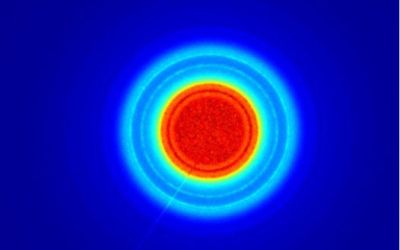

Scientific Work Packages
WP5
ESR networking and training activity
Lead: CNRS
The objective of this WP is to organize, coordinate, control and supervise the network training activities, including monitoring of the training blocks. The operational recruitment and the definition and follow up of the individual Career Development Plans of all ESRs is also part of this WP.
WP6
Dissemination, communication and exploitation
Lead: SU
The aim of this WP is to ensure the proper communication and dissemination of project outcomes to different target audiences and to guarantee appropriate protection measures to ensure exploitation. Moreover, an engagement of scientific community and non-academic sector and an impact maximization of transferable results is endeavored.
WP7
Project management
Lead: IIT
The aim of this WP is to ensure an efficient project execution leading to the achievement of all project objectives. The project management structure will be implemented to assure:
- intensive, flexible and open dialog among the partners concerning key scientific and technical issues
- rapid and effective decision-making on technical and organizational issues
- compliance with EC administrative and reporting requirements
- effective risk management and project quality
- active cross-network and cross-discipline collaborations.
Project Management Work Packages